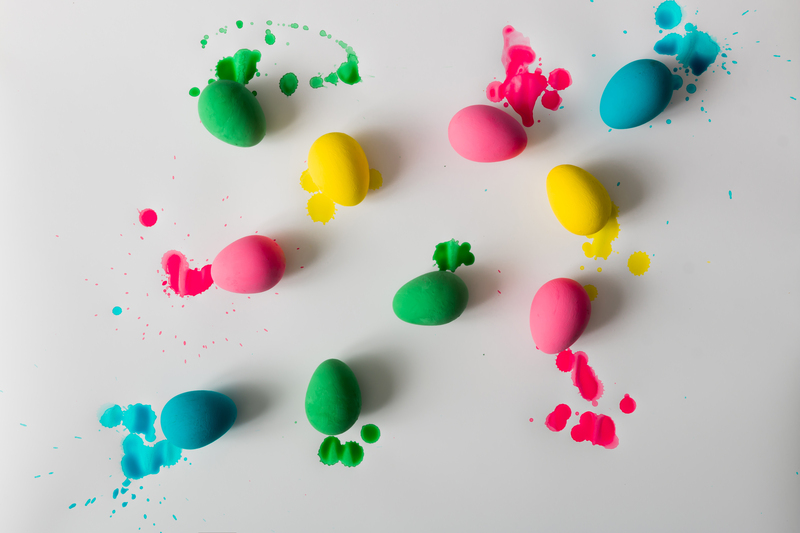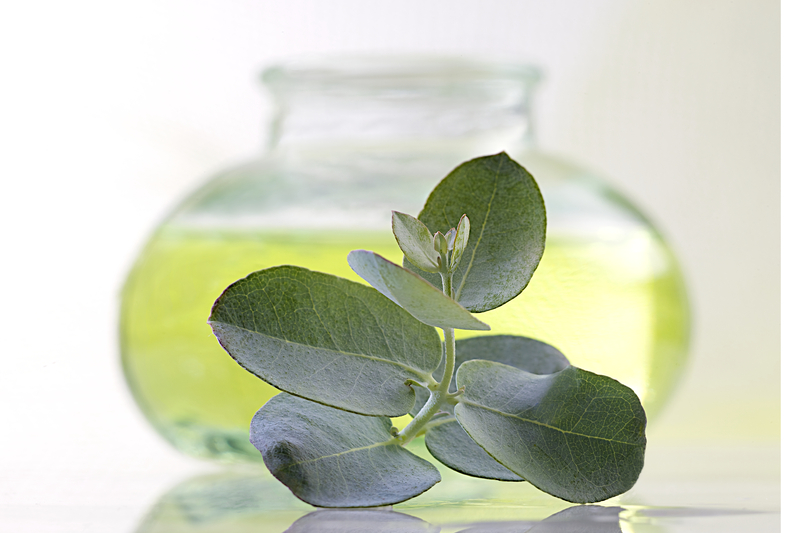Deep Clean for Carpets and Hard Floors
Posted on 27/06/2025
Deep cleaning carpets and hard floors is essential for maintaining a healthy and attractive home environment. Regular cleaning can remove superficial dirt and grime, but deep cleaning addresses the embedded contaminants that can impact air quality and longevity of flooring. This guide will walk you through the steps of deep cleaning both carpets and hard floors, providing tips, pros and cons, and vital takeaways to ensure your floors are in top condition.
Why Deep Cleaning is Important
Over time, dirt, dust, and allergens can accumulate in carpets and on hard floors, making them look worn and potentially affecting indoor air quality. Deep cleaning not only rejuvenates the appearance but also extends the life of your floors and creates a healthier living space. For carpets, it means removing deep-seated dirt and stains. For hard floors, it involves getting into the crevices and ensuring that the surfaces are disinfected.

Steps for Deep Cleaning Carpets
1. Vacuum Thoroughly: Begin by vacuuming the carpet to remove loose dirt and debris. Use a vacuum with strong suction and, if possible, a HEPA filter.
2. Spot Clean Stains: Treat stains with a carpet stain remover or a mixture of water and vinegar. Blot, don't rub, to avoid spreading the stain.
3. Shampoo or Steam Clean: Use a carpet shampooer or steam cleaner to deep clean the carpet fibers. Follow the manufacturer's instructions for best results.
4. Allow Proper Drying: Ensure the carpet is completely dry before walking on it or replacing furniture. Use fans or a dehumidifier to speed up the drying process.
Steps for Deep Cleaning Hard Floors
1. Sweep or Vacuum: Start by removing loose dirt and debris with a broom or vacuum cleaner.
2. Choose the Right Cleaner: Depending on your floor type (tile, hardwood, laminate), select an appropriate cleaner. Avoid harsh chemicals that can damage the finish.
3. Mop the Floors: Use a damp mop and cleaner to scrub the floor surface. For tile floors, pay special attention to grout lines.
4. Rinse and Dry: Rinse with clean water to remove any cleaner residue and dry the floors thoroughly to prevent water damage.
Maintenance Tips for Longevity
- Regular Cleaning: Vacuum carpets and sweep hard floors regularly to prevent dirt build-up.
- Use Rugs and Mats: Place doormats at entrances and rugs in high-traffic areas to minimize dirt.
- Protect from UV Rays: Use curtains or blinds to protect floors from direct sunlight that can cause fading.
- Immediate Stain Treatment: Address spills and stains promptly to prevent them from setting in.
Pros and Cons of Deep Cleaning
Pros:
- Enhanced Appearance: Deep cleaning makes carpets and floors look new and vibrant.
- Health Benefits: Removes allergens and bacteria, improving indoor air quality.
- Extended Floor Life: Proper maintenance protects flooring materials from wear and tear.
- Odor Removal: Eliminates unpleasant odors trapped in fibers or grout lines.
Cons:
- Time-Consuming: Deep cleaning is more intensive and time-consuming compared to surface cleaning.
- Initial Cost: Professional services or quality cleaning equipment can be costly.
- Potential Damage: Using incorrect cleaning methods or harsh chemicals can damage flooring.

Key Takeaways
- Consistency is Key: Regular upkeep makes deep cleaning easier and more effective.
- Quality Matters: Invest in good cleaning products and equipment for optimal results.
- Professional Help: Don't hesitate to seek professional cleaning services for challenging stains or large areas.
Conclusion
Deep cleaning carpets and hard floors is a crucial part of home maintenance that offers numerous benefits, from improved aesthetics to better health. By following the steps outlined and considering the tips provided, you can ensure your floors remain clean, attractive, and long-lasting. Remember, while deep cleaning may require an investment of time and resources, the payoff in terms of floor longevity and home hygiene is well worth it.




